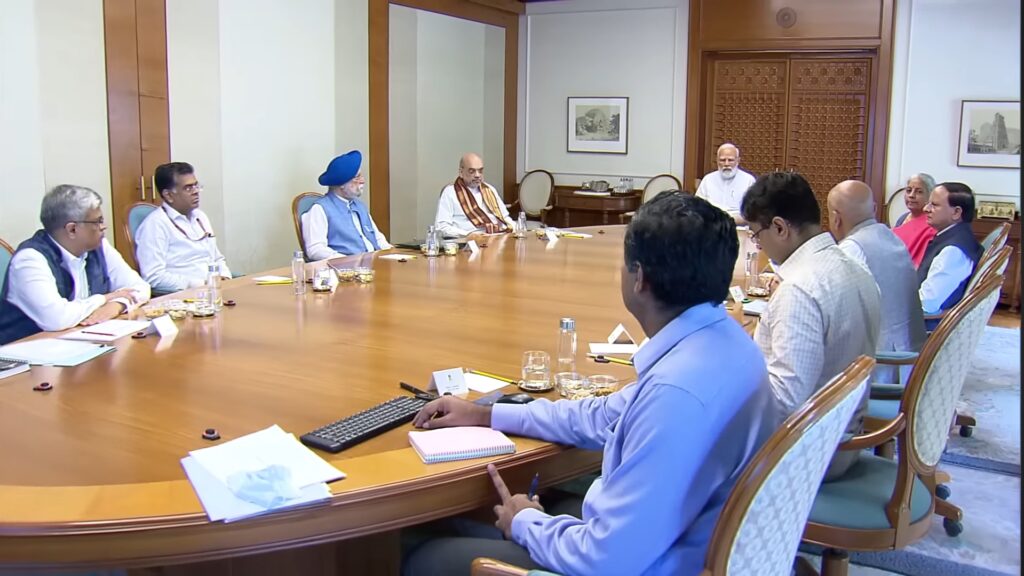(Forelines) – The “Prime Minister Dhan-Dhaanya Krishi Yojana,” which would cover 100 districts over six years starting in 2025–2026, was approved today by the Union Cabinet, which is chaired by Prime Minister Narendra Modi, according to India’s PMO said in a statement.
Prime Minister Dhan-Dhaanya Krishi Yojana is the first of its type to concentrate solely on agriculture and related fields, and it is inspired by NITI Aayog’s Aspirational District Programme.
Enhancing agricultural productivity, increasing the adoption of sustainable agricultural techniques and crop diversity, improving irrigation facilities, increasing post-harvest storage at the panchayat and block levels, and making long-term and short-term financing more accessible are all goals of the scheme.
“It is in pursuance of Budget announcement for 2025-26 to develop 100 districts under “Prime Minister Dhan-Dhaanya Krishi Yojana”,” India’s PMO said.
36 current schemes from 11 Departments, additional State programs, and regional collaborations with the corporate sector will all be combined to implement the system.
Three critical indicators—poor cropping intensity, low productivity, and reduced credit disbursement—will be used to identify 100 districts. Each state’s or UT’s number of districts will be determined by its operational holdings and Net Cropped Area share. Nonetheless, each state will have at least one district chosen.
District, state, and national committees will be established to ensure efficient scheme planning, execution, and oversight.
A plan for district agriculture and associated activities will be developed by the District Dhan Dhaanya Samiti, which will include progressive farmers as members. The national objectives of crop diversification, soil health and water conservation, agricultural and related sector self-sufficiency, and the growth of natural and organic farming will all be reflected in the District Plans.
Every month, a dashboard will be used to track the Scheme’s progress in each of the Dhan-Dhaanya districts using 117 key performance indicators. Additionally, NITI will examine and direct the district plans. The strategy will also be reviewed on a regular basis by the Central Nodal Officers assigned to each district.
“As the targeted outcomes in these 100 districts will improve, the overall average against key performance indicators will rise for the country,” India PMO said.
Higher productivity, value addition in agriculture and related sectors, and the construction of local livelihoods are all outcomes of the strategy, which will boost domestic production and lead to self-reliance (Atmanirbhar Bharat). As the metrics for these 100 districts improve, the national indicators will inevitably show an upward trajectory.

